Name of work: Urban Mini Farm
Material of work: comprehensive material
Author: Xu Chaofan
Research Direction: Intelligent Technology and Design Research
Tutor group: Professor Fei Jun (responsible tutor), Professor Chen Xiaowen, Professor Jin Rilong
Cities in the post-urbanization era are facing problems such as population expansion, environmental pollution and shortage of resources. Urbanization and industrialization have continuously eroded and plundered nature, accelerating the ecological crisis. For too long in this reinforced and concrete city life, we seem to have forgotten how we perceive and establish the connection with nature as a member of the natural ecosystem.
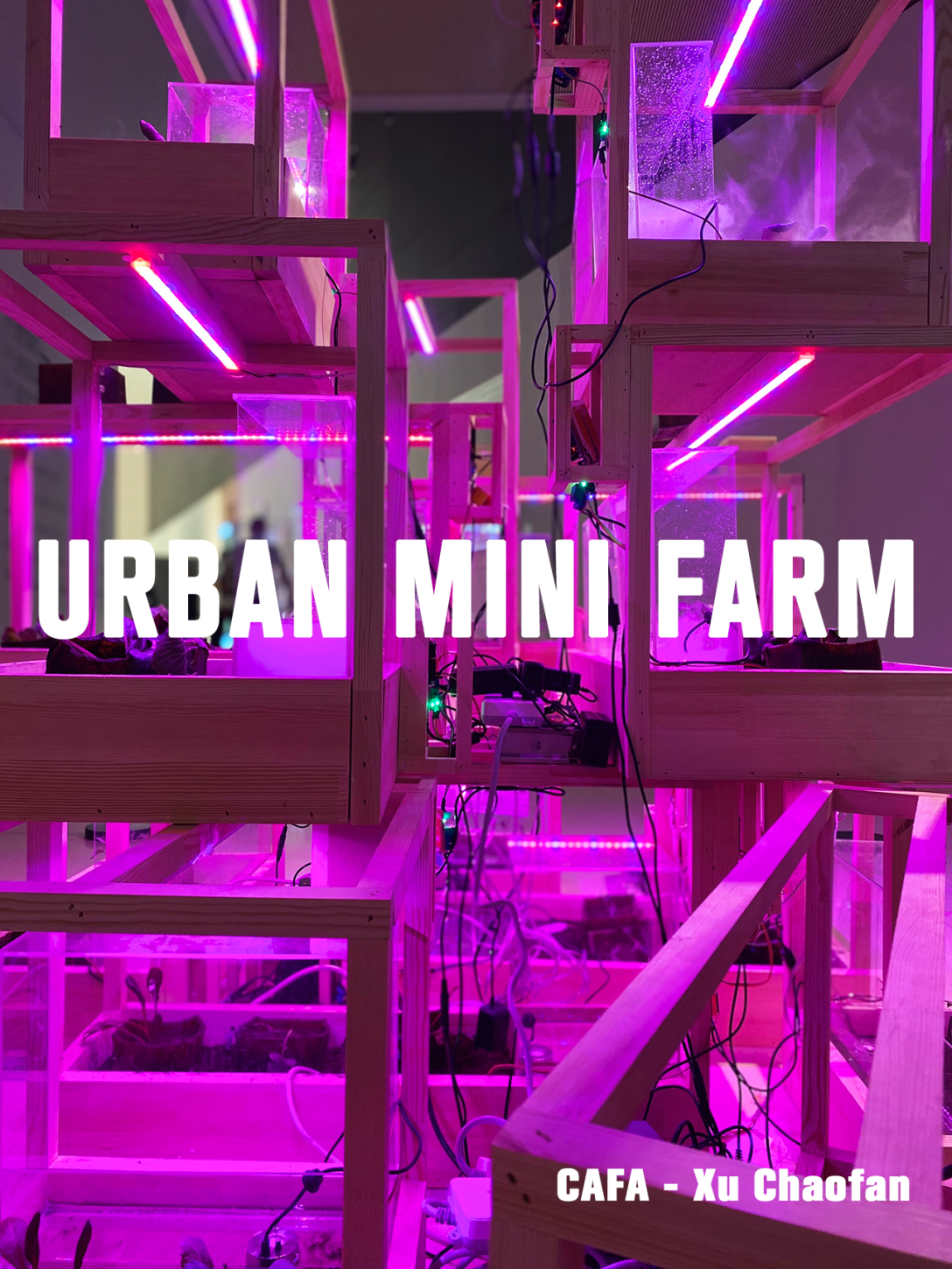
"Urban Mini Farm" is a community-based modular urban micro-farm. The author recycled the biological waste and reused it into a container for growing vegetables, and finally planted it in the idle public space of the community. At the same time, the Internet of Things technology captures the image of vegetable growth and the values of soil moisture, air temperature and light in real time, and is equipped with automatic sprinkler irrigation equipment. Trying to create a new way of planting as a way to repair the connection between man and nature.
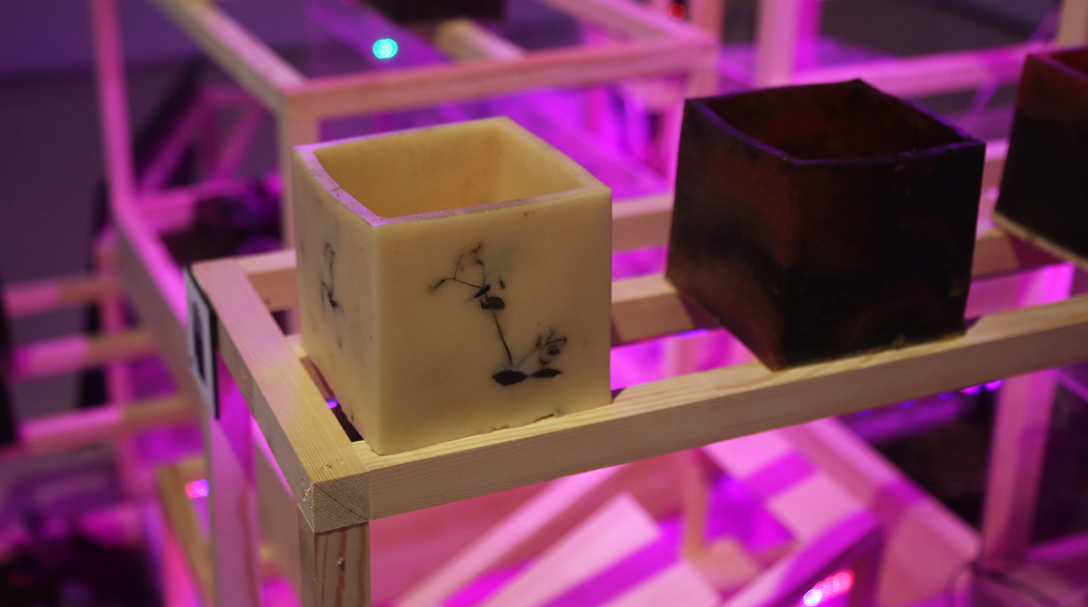
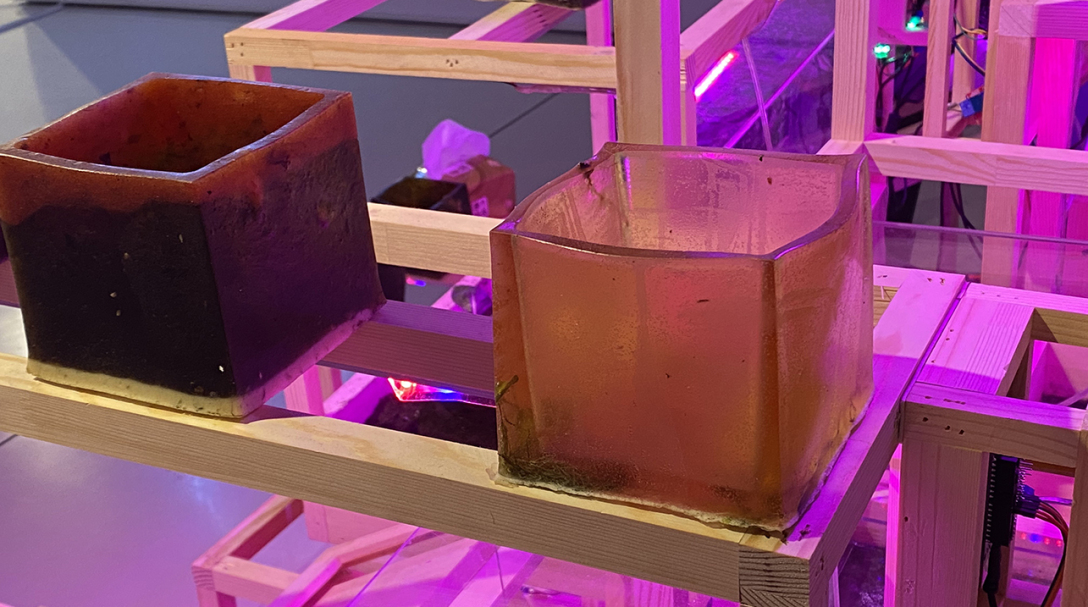
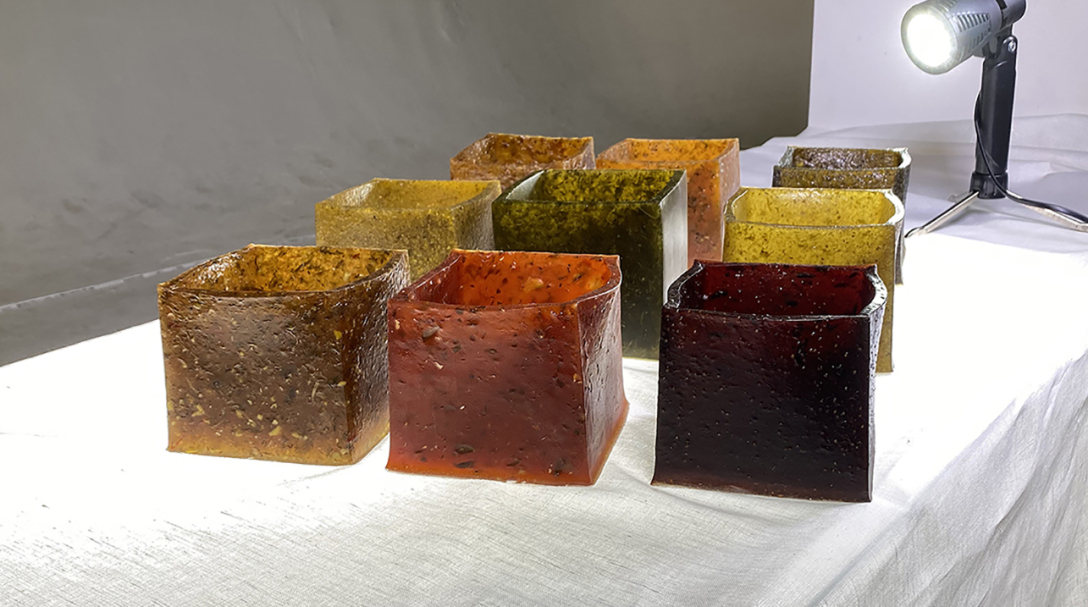
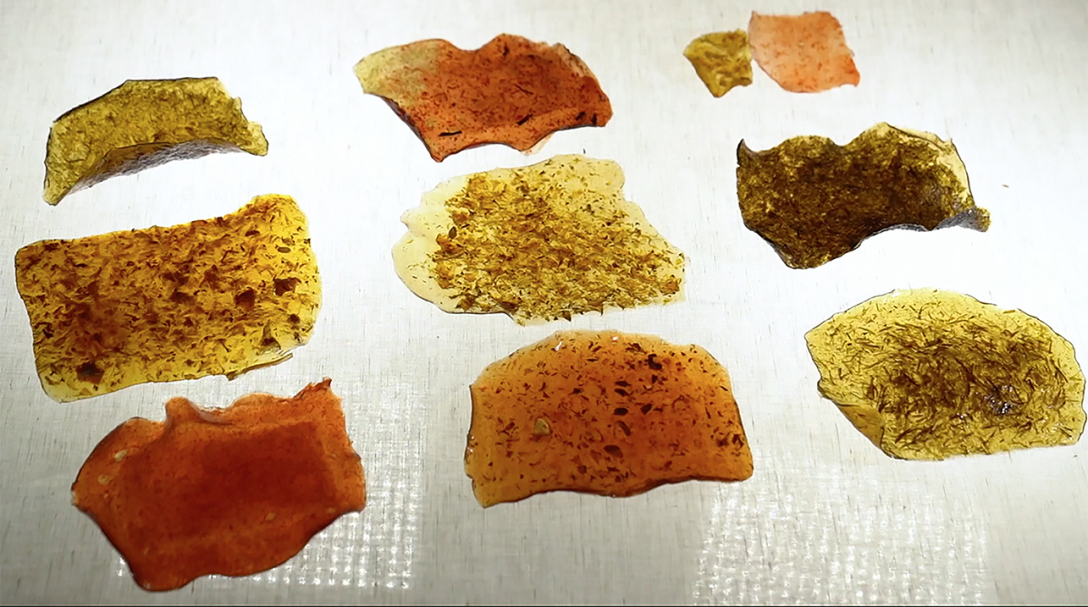
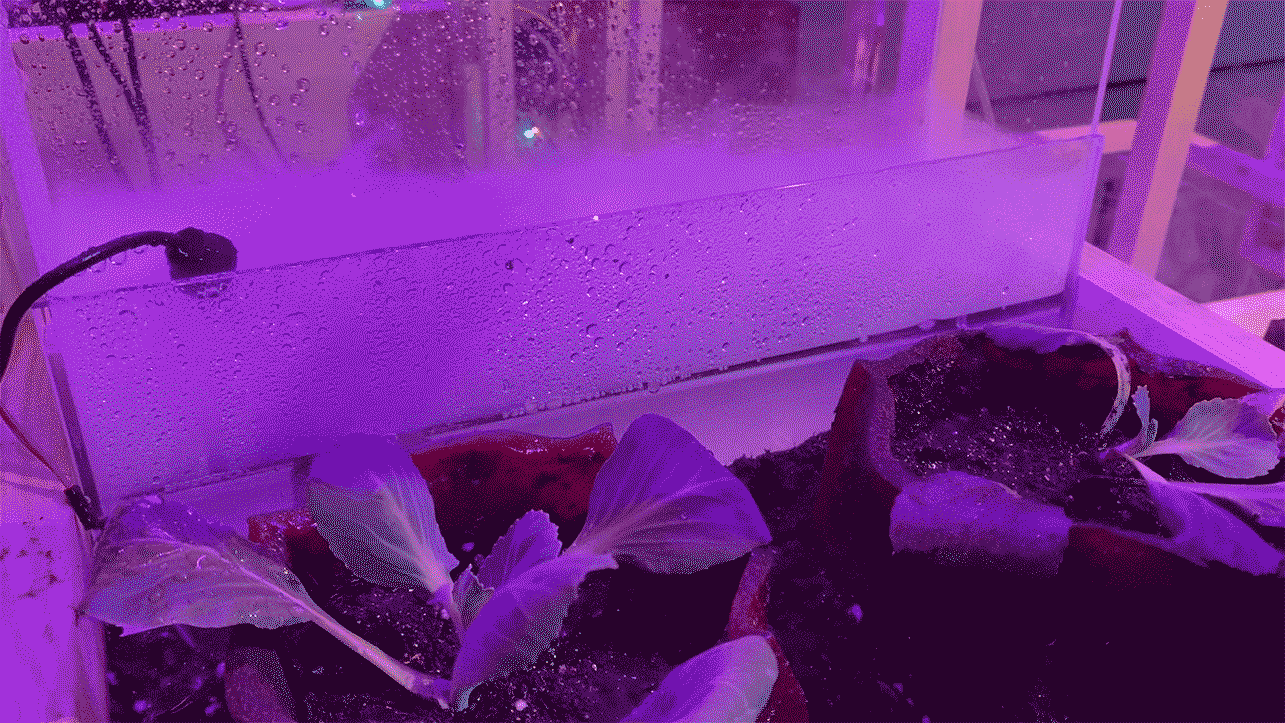
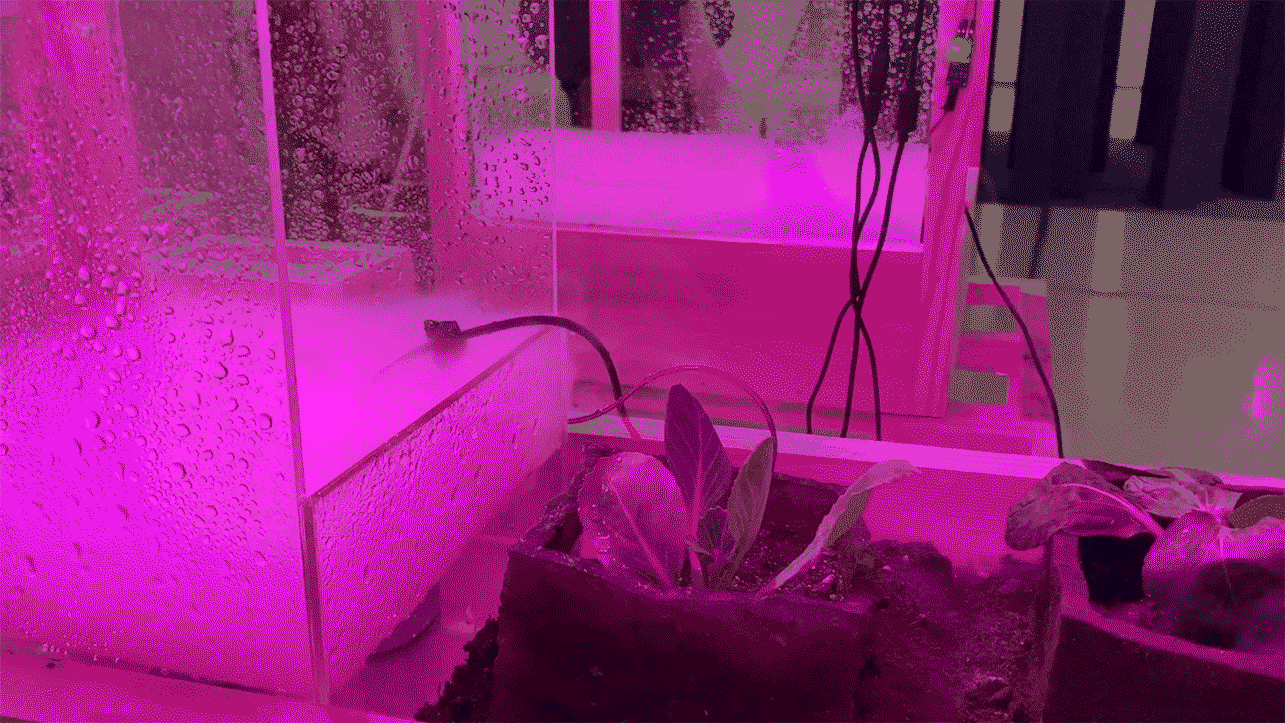

1. Describe your work in the most refined language?
Planting vegetables in the deserted and idle public spaces of the city
2. Why did you choose to study urban agriculture?
The outbreak of Covid-19 has left thousands of people locked up at home around the world. More and more city residents have begun to grow their own fruits and vegetables. People have begun to rethink how to obtain food. Urban agriculture is on the rise. The city is not only made of masonry and mud, it is also shaped by food. Food should be the link between people and society, and between people and nature. The production of food in the urban ecosystem can promote the reconstruction and restoration of the connection between people and nature.
3. Why do you want to plant vegetables in idle public spaces and how to define such spaces?
The urban development of the past half century has eroded the clear edge of the city, leaving a vague open space. "Urban Mini Farm" attempts to fill the gaps in the urban structure by looking for abandoned land and restoring it to an edible landscape. Planting activities in idle and abandoned public spaces can actually be traced back to guerrilla gardening initiated in the 2070s, in which neglected public spaces such as parks and green belts are potential planting sites.
Tutor's comments:
Many sociologists have pointed out that the global epidemic may promote a self-sufficient lifestyle based on communities. "Urban Mini Farm" envisages an innovative system that uses idle land in the community and community residents to participate in the construction of a micro vegetable garden. The remote system based on the Internet of Things makes it possible to monitor and cultivate vegetables in real time, and the vegetable pot made of biological waste makes The system can be amicably integrated with the natural ecology. The micro vegetable garden not only discusses the vegetable production mode based on the concept of community sharing, it can also be a useful attempt to restore urban natural ecology.
本作品版权归 中央美术学院设计学院 所有,禁止匿名转载及个人使用,任何商业用途均需联系原作者。

新用户?创建账号
登录 重置密码

请输入电子邮件以重置密码。
It is better to directly bury the biological waste into the soil and turn it into biological fertilizer. The materials used in the container do not know whether it is good or not. Even if it can be degraded, there is no direct degradation of biological waste. What's more, the container made is not good-looking, and it is a redundant container in the name of environmental protection.